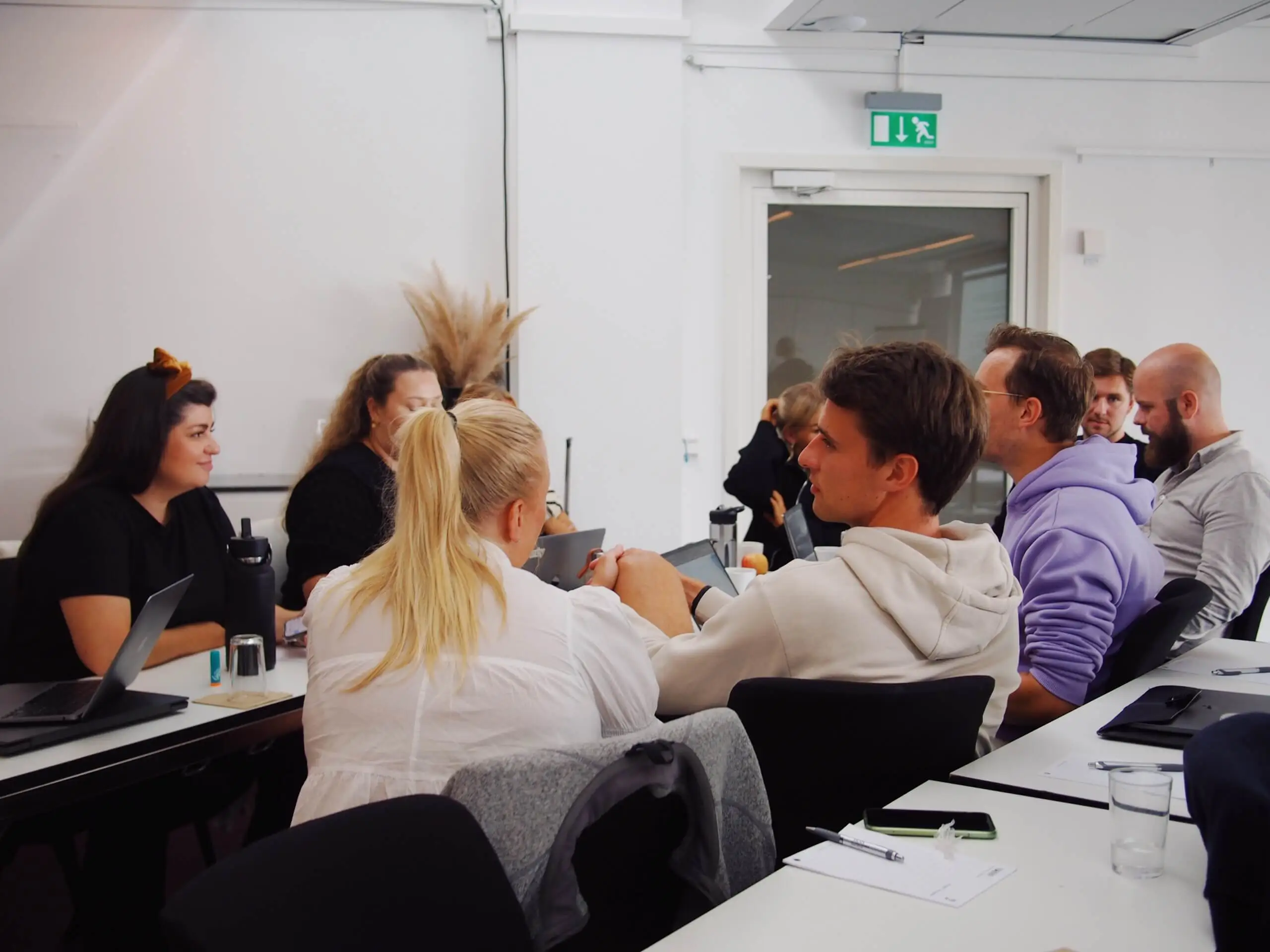
HR Trends You Can't Ignore
As we head into the last part of 2023, let’s take a look at what’s buzzing in the world of HR.
Linking Compensation to Performance
When you make a new hire, you should have a pretty good idea of the compensation range you’re working with (or at least you should, anyway). This comes down to having a solid compensation framework or calculator in place and being upfront about starting salaries.
But what about current employees? How do you evaluate - and change - salary levels as your current employees get promoted or receive counteroffers? How often should you reconsider current salary levels? And perhaps most important of all, what should it be based on?
A recent study by Lattice found that 83% of HR leads recognized the importance of linking compensation to performance. But despite the mutual understanding of its importance, nearly 72% of respondents admitted they had a long way to go when it came down to linking the two in practice.
These stats show that the conversation around linking compensation and performance is hot - and for good reason.
Paying people for their work is a hygiene factor. But paying people well for their work is a key retention play.
And being transparent about how you pay people well for their work positively impacts trust, understanding, and financial forecasting.
But very few companies know how to link comp and performance in practice.
There are a lot of great articles out there on linking compensation and performance if you’d like to dig further into this topic, but here are some of our favorites.
- HBR: Compensation Packages That Actually Drive Performance
- Should Salaries be Tied to Reviews?
- Three Part Series by Jessica Zwaan: Performance and Compensation (part 1)
Before you dive head first into linking compensation and performance, keep in mind that there are a few risks to be aware of. Also, perhaps, for good reason. These concerns are mostly related to disingenuous peer reviews (i.e., one colleague overly reviewing another either positively or negatively), and room for bias that only widens pay gaps for marginalized groups.
Generative AI
It wouldn’t be an article about trends if we didn’t mention AI.
But it’s worth noting that AI can do a lot for HR and TA folk - but it can’t (and shouldn’t) do everything. There are so many instances where human judgment and empathy are irreplaceable. That’s why (for now) AI is best used to streamline administrative tasks like scheduling interviews and onboarding processes.
With that said it could be beneficial to promote hybrid solutions where AI and human expertise complement each other. For example, it’s given that humans should still be the ones handling interviews and assessing cultural fit. However, using AI for repetitive or technical tasks, such as logging interview notes or reviewing technical cases, could save you a lot of time. There still might be a human element of reviewing the notes and case assignments, but getting the documents drafted can really kickstart this process.
To help you get the process started
Tools and Use Cases
From reference checks to legal advice, AI can (theoretically) impact nearly every aspect of HR, but that doesn’t necessarily mean it should. Here are a few tools and use cases to help spark some ideas about incorporating AI into your current setup!
- You can use Pi.ai as a brainstorming tool when scoping out new roles. PI is a conversation-based tool that, unlike ChatGPT, helps you think through your problems rather than giving you a prompt answer. Using Pi as your personal assistant can help you review role requirements and outreach methods.
- ChatGPT is the most obvious choice (for now) when drafting your job descriptions. However, the JDs that it produces are pretty basic, so set aside another 15 minutes or so to review and personalize the prompt so that you stick out from the crowd.
- Use Holly AI to get a vetted list of qualified candidates matching your job description. Holly can also take things a step further by actually reaching out to candidates on your behalf.
- Like Holly, the candidate outreach tool hireEZ is a top-of-funnel recruitment tool. HireEZ can help you create Boolean searches, write outreach, set up email sequences, schedule interviews, and more, making it one of the most comprehensive outbound tools on the market.
- Clara Labs is an AI tool that acts as your own personal scheduler, capable of navigating even the most complex and nuanced workflows. Add Clara to any email, and it will take care of scheduling back and forth on your behalf.
- Take back your focus during and after interviews with Metaview. This tool automatically writes your interview notes for you so you can save time and focus on high-quality interactions with candidates.
- If you use Slack, check out the personal assistant AI tool TribalBase.ai. Essentially, you ask Tribal Base any question you’d like to know (i.e., “Did we send a case assignment to Aaron?”), and you get answers based on your conversation history.
- Sana Labs allows you to create personalized training courses, capture knowledge, and give learning recommendations to your employees. You can also integrate Sana with all your team apps to make your entire company’s knowledge searchable and easy to learn.
Last but not least, we can’t list AI tools without mentioning GDPR and candidate privacy. Generative AI is new, and laws and regulations haven’t exactly caught up to developments that are being launched nearly every day. With that said, before choosing a tool, it’s crucial to assess its compliance with the relevant privacy laws in the country where your business operates. For example, select tools that align with GDPR data processing requirements for European operations. Consult your in-house and external legal specialists and consider various tool selection criteria, including security features, server locations, and the possibility of establishing appropriate DPAs. Right now, this is in the hands of the company to decide, but we expect to see more concrete, top-down regulations in the years to come. Until then, do what’s best for your team and candidates.
Re-skilling and Upskilling
Re-skilling and upskilling your workforce could always give you a competitive edge by retaining top performers, keeping engagement rates up, and bringing new skills into your existing team.
However, with new SaaS solutions and AI tools popping up left and right, investing in your current workforce is now considered more of a hygiene factor than a competitive edge.
An influx of new tech combined with chronic talent shortages mean that hiring someone outside your organization to fill a skills gap just might not be in the cards. Instead, you’ll have to work with what you’ve got and make some serious investments into L&D. But before you start investing in coaches and courses, conduct a skills gap analysis on the current workforce. Once you’ve taken the pulse on which skills you need to sharpen, you can start getting the tools and systems you need to do the actual upskilling.
You can go about either upskilling or re-skilling your workforce in several ways. One of the most common and cost-effective ways is to facilitate mentorships - or even formalize a mentor program - for your employees. Mentorships are great for bouncing ideas off each other, getting exposure to new opportunities, and sharpening competencies. However, if you’re looking to train on a hard skillset, you should consider brining in experts (i.e., a consultancy, freelancer, coach) or designing skill-based programs to train your team.
No matter how you go about it, the ultimate goal is to facilitate career-long learning and development opportunities to improve retention rates, fill necessary skill gaps, and lower recruitment costs.
.jpg)
Meagan Leber
Growth Marketing Manager at Amby, who loves writing about the tech, venture capital, and people space.
LinkedIn



